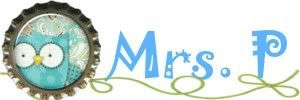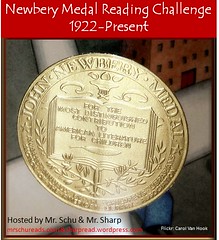 We wanted our kids to be able to pick an interesting topic, but then narrow the focus of their writing so that they could add great details and be more descriptive. Often times, when students pick a topic that they have a lot to say about, the writing becomes too general and jumps around. We wanted the students to "linger" in a specific moment in time with their audience. To do that, they had to focus their writing from broad to specific. To help my students understand this idea, we first viewed the book Zoom by Istvan Banyai. The students and I discussed that the more we "zoomed in" on each picture, the more details we were able to discover. I then related this to a microscope. As you zoom in on a microscope, you obtain more information about your subject than you would have gleaned by simply using your eyes. This visual reminder helped immensely as the students began their writing projects.
We wanted our kids to be able to pick an interesting topic, but then narrow the focus of their writing so that they could add great details and be more descriptive. Often times, when students pick a topic that they have a lot to say about, the writing becomes too general and jumps around. We wanted the students to "linger" in a specific moment in time with their audience. To do that, they had to focus their writing from broad to specific. To help my students understand this idea, we first viewed the book Zoom by Istvan Banyai. The students and I discussed that the more we "zoomed in" on each picture, the more details we were able to discover. I then related this to a microscope. As you zoom in on a microscope, you obtain more information about your subject than you would have gleaned by simply using your eyes. This visual reminder helped immensely as the students began their writing projects.  | ||
| Image courtesy of http://msmcclure.com/?page_id=6313 |
Rather than have the students take off and start writing, we spent time developing good leads and then choosing the most interesting one. We discussed how to incorporate sensory language into our writing to help the reader feel as though they, too, we a part of our experience. We ended with how to write a conclusion, or "wrap," that tied back to our lead and brought our writing to a satisfying end. Below are some pictures of our final writing display, as well as examples of student work.
I hope you find this post helpful and try it out with your students. Have you done any interesting writing projects this year?

















